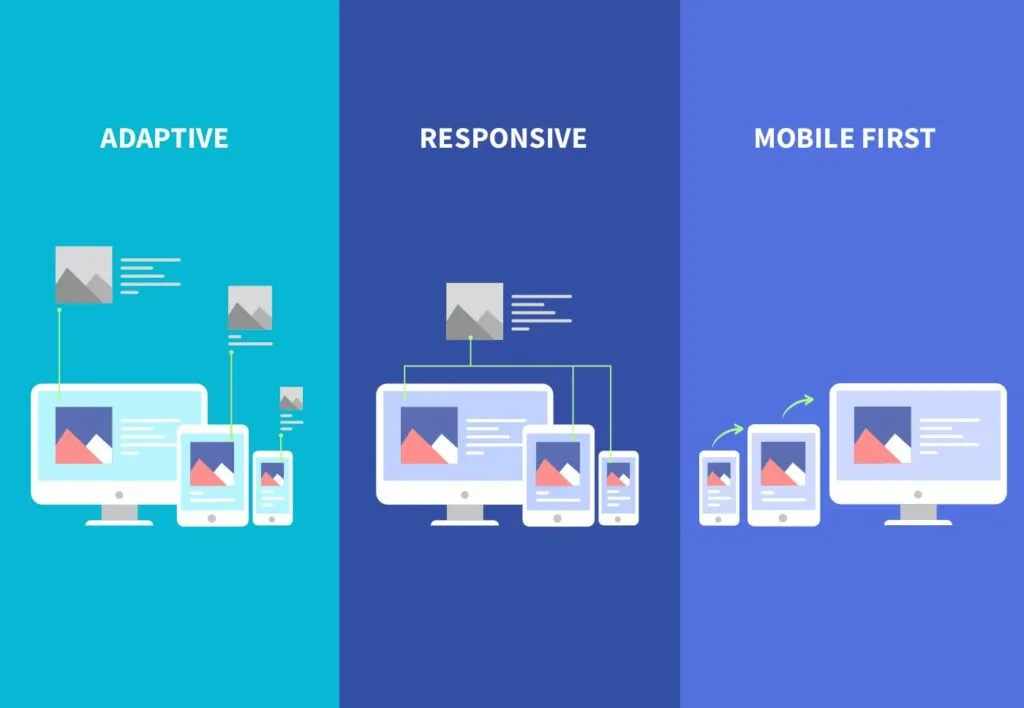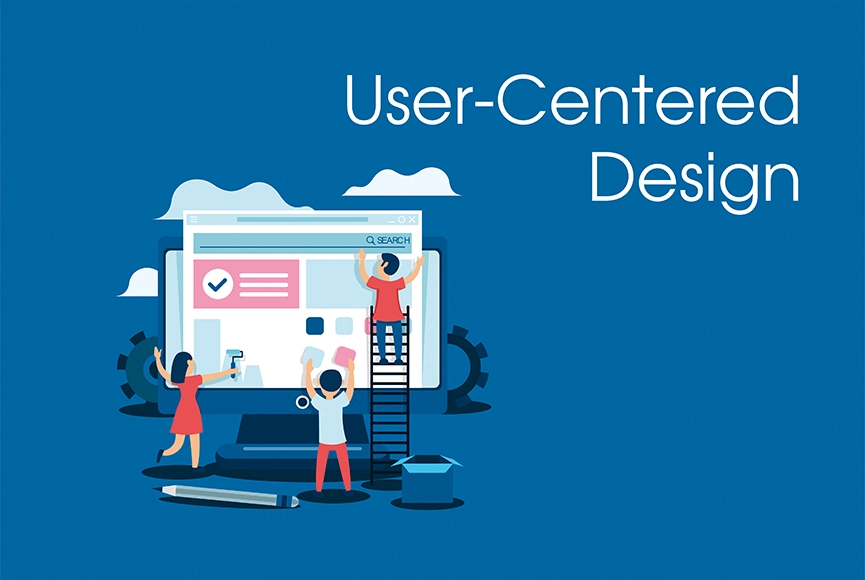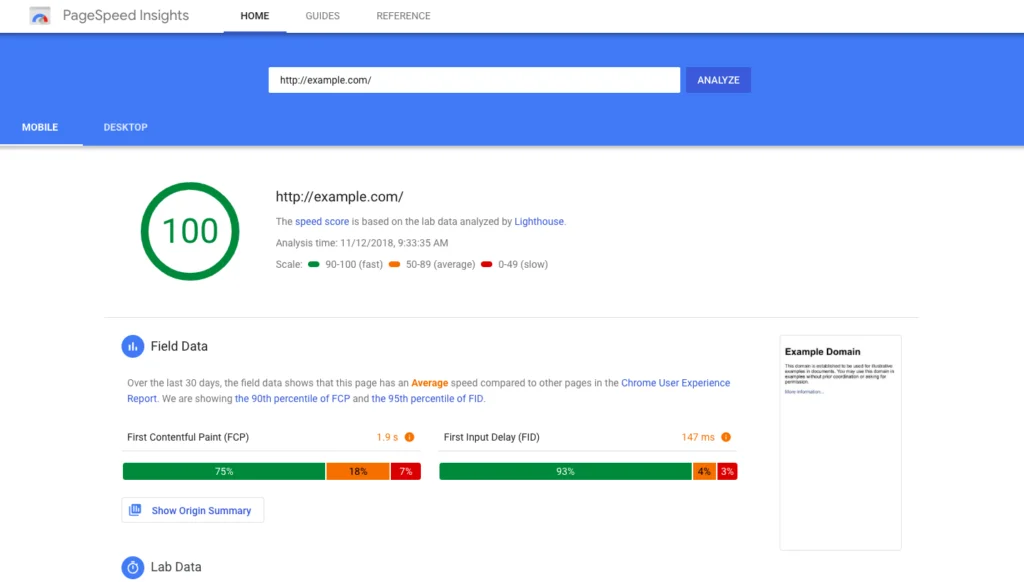User experience (UX) and search engine optimisation (SEO) are two crucial elements of a successful website. In this blog, we’ll explore the relationship between user experience and SEO rankings. By understanding the impact of UX on search engine rankings, web designers and digital marketers can create websites that not only provide a great user experience but also rank higher in search engine results.
What is UX Design?
User experience (UX) refers to the overall experience and satisfaction that users have when interacting with a website, application, or digital product. It encompasses various aspects, including ease of use, functionality, accessibility, aesthetics, and overall satisfaction. A positive user experience ensures that users can navigate and interact with the product intuitively, find the information or functionality they need efficiently, and have an enjoyable and meaningful interaction.
By focusing on creating seamless and user-centered experiences or UX Design, businesses can enhance customer satisfaction, increase engagement, and foster long-term relationships with their target audience.
Relationship Between UX Design and SEO
A good UX Design can lead to improvement in SEO. To comprehend the importance of UX in SEO, it’s essential to understand how search engines evaluate user experience signals for ranking. Google and other search engines aim to provide the best possible search results which means delivering websites that meet users needs and preferences. This is where UX plays a pivotal role in helping website reach more audience:
Bounce Rate
UX Design factors, such as website design, navigation, and content relevance, directly impact bounce rates. When users have a positive experience on a website, they are more likely to stay longer, explore multiple pages, and engage with the content. This lowers the bounce rate, which is a positive signal to search engines indicating that the website is relevant and valuable. Search engines, in turn, may reward websites with lower bounce rates by ranking them higher in search results.
Dwell Time
Another reason why UX Design is so important to SEO is that a good UX improves Dwell Time. Dwell time refers to the amount of time a user spends on a website before returning to the search results. A well-designed website that provides valuable and engaging content encourages users to stay longer, thus increasing dwell time. Search engines interpret longer dwell times as an indication of content quality and relevance, potentially leading to improved rankings.
Mobile-Friendly Design

With the rapid growth of mobile browsing, having a mobile-friendly website is vital for both UX Design and SEO. Mobile optimization ensures that websites are accessible and visually appealing across various devices. Responsive design, which adapts to different screen sizes, is a recommended approach. By providing a seamless mobile experience, websites can engage users and improve search engine visibility.
Adopting a mobile-first approach in web design is crucial for enhancing user experience in today’s mobile-driven world. By prioritizing mobile devices during the design and development process, websites are optimized to deliver a seamless and user-friendly experience on smaller screens. This approach takes into account the limitations and unique characteristics of mobile devices, such as smaller screen sizes, touch interactions, and slower internet connections. By focusing on mobile users first, designers ensure that the website’s layout, content, and functionality are tailored to meet their needs.
This results in faster loading times, simplified navigation, and intuitive interactions, all of which contribute to a positive user experience. Additionally, a mobile-first approach encourages a more streamlined and concise design, prioritizing the most essential elements and content.
This helps eliminate clutter and ensures that users can easily find and access the information they need. Ultimately, a mobile-first approach fosters a user-centric mindset, allowing businesses to deliver an optimal experience to their mobile audience while also benefiting their overall SEO efforts.
Social Signals
User experience extends beyond the website itself and includes interactions on social media platforms. Positive user experiences can result in social sharing, engagement, and brand mentions, which are all signals that search engines consider when determining the relevance and authority of a website. Engaging and shareable content, driven by a positive user experience, can amplify the reach and visibility of a website, ultimately benefiting SEO efforts.
Navigational Structure and Usability

Intuitive navigation and user-friendly interfaces contribute significantly to positive user experiences. Clear menu structures, well-organized content, and easily identifiable calls-to-action enhance usability and keep visitors engaged. From an SEO perspective, websites with intuitive navigation, such as breadcrumb navigation, are more likely to be crawled and indexed effectively by search engines, resulting in better visibility in search results.
User-Focused Design and Accessibility

Designing with the user in mind is crucial for creating exceptional user experiences. User-focused design involves understanding user needs, preferences, and behaviours to develop interfaces that cater to their expectations. Furthermore, ensuring website accessibility for all users, including those with disabilities, not only improves UX Design but also aligns with search engines’ commitment to inclusive web experiences.
Measuring and Analyzing UX Design

To continuously improve UX Design and optimize SEO, it’s essential to measure and analyze user experience metrics. Tools such as Google Analytics, Google PageSpeed, heatmaps, and user surveys provide valuable insights into user behavior, preferences, and areas for improvement. By leveraging data analysis, web designers can make informed decisions to enhance UX Design, leading to improved search engine rankings.
Website Speed and Performance
Website loading speed is a critical factor in both user experience and SEO. Slow-loading websites that frustrate users will eventually increase bounce rates, leading to poor user experience. Additionally, search engines consider website speed as a ranking factor, as they prioritize delivering fast and efficient websites to users. Web designers should focus on optimizing website performance through techniques such as image optimization, browser caching, and minimizing server response time.
Conclusion
UX Design and SEO are closely intertwined, and a focus on providing exceptional user experiences can significantly impact search engine rankings. From website speed and mobile optimization to navigation, content, and design, every aspect of UX Design plays a role in SEO success. By understanding the importance of UX in SEO and implementing best practices, web designers can create websites that not only delight users but also achieve higher visibility and improved organic rankings.
Yes Web Design Studio
Tel. : 096-879-5445
LINE : @yeswebdesign
E-mail : info@yeswebdesignstudio.com
Facebook : Yes Web Design Studio I Web Design Company Bangkok
Instagram : yeswebdesign_bkk
Address : 17th Floor, Wittayakit Building, Phayathai Rd, Wang Mai, Pathum Wan, Bangkok 10330 (BTS SIAM STATION)








